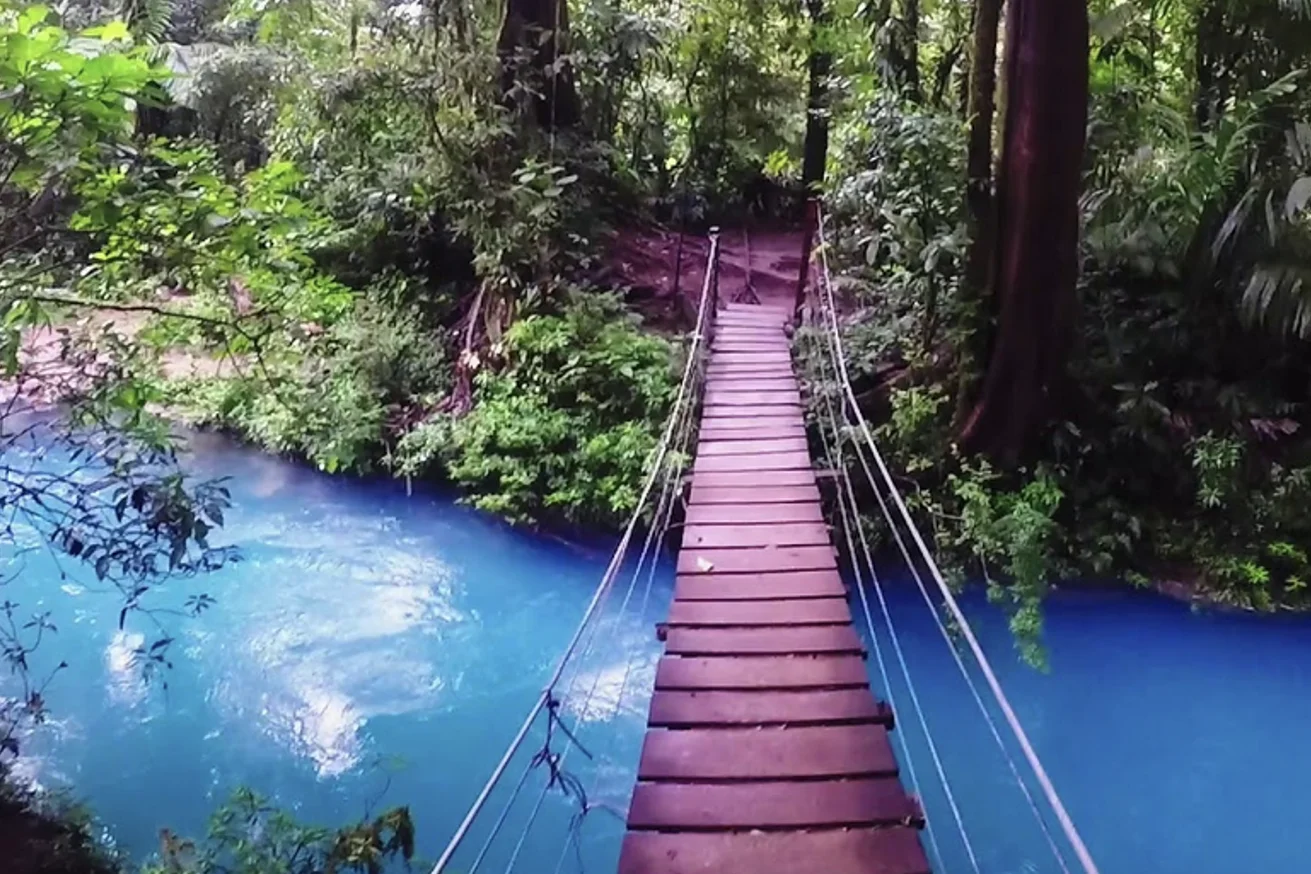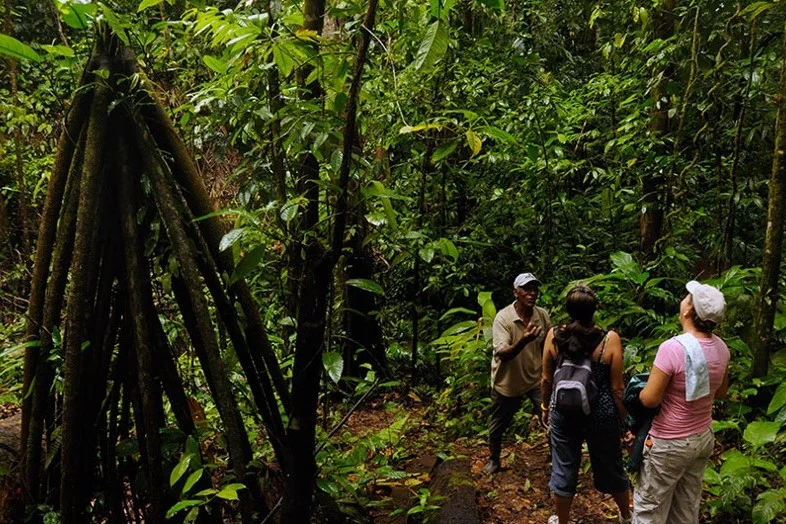Sustainable tourism | Costa Rica Is Encouraging Visitors To Offset Their Trip’s Carbon Footprint.
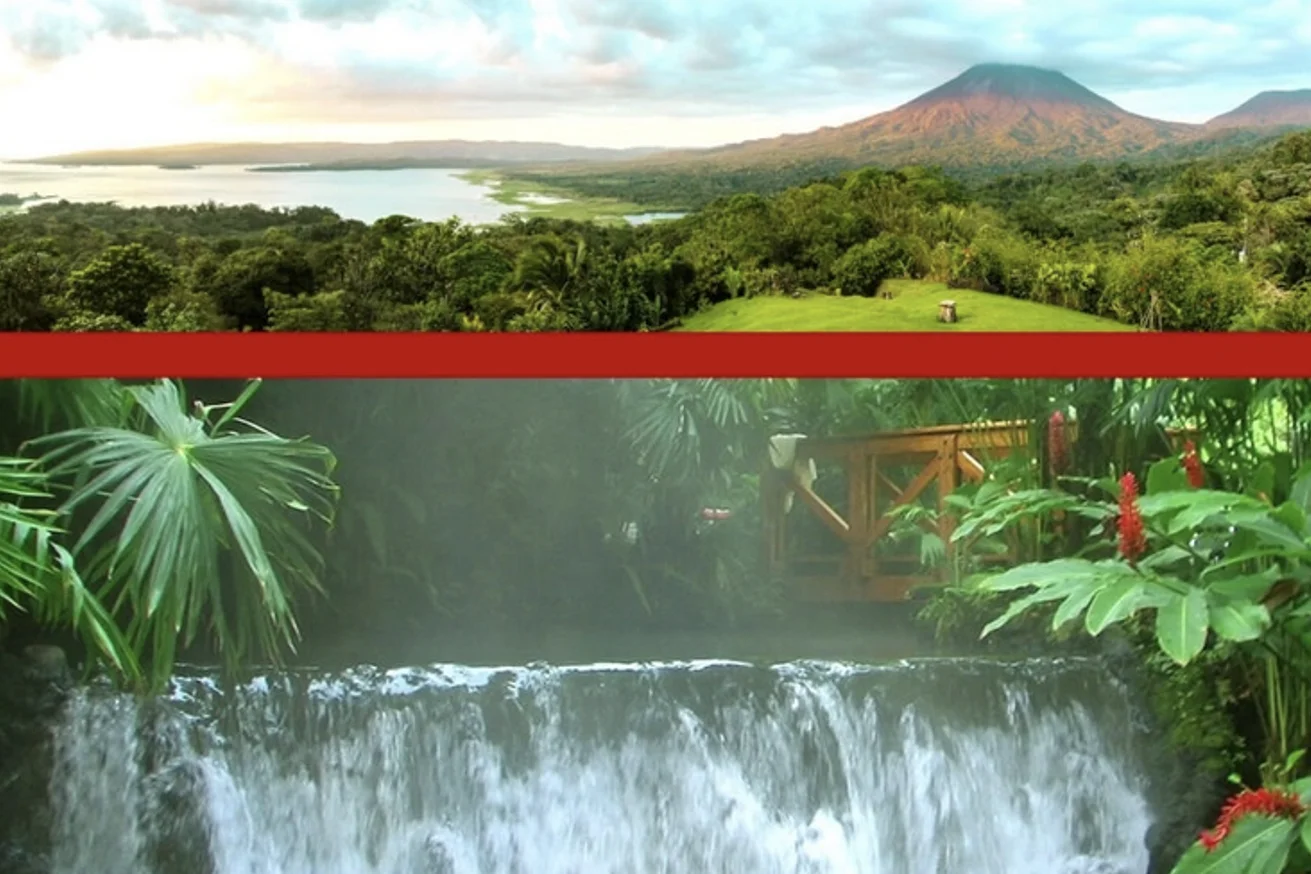
Costa Rica is encouraging tourists to offset their trip’s carbon emissions. Everything from flights to activities while on holidays can be logged into a carbon calculator that reveals their net carbon footprint and its costs. The visitors can then invest the sum into reforestation efforts or other regional sustainability initiatives.
The project, known as Fonafifo, is a collaboration between the National Forest Financing Fund and the Costa Rican Tourism Institute. It aims to support local environmental projects that promote sustainability while nurturing local culture and economic prospects.
All the funds will go towards natural regeneration, tree planting, agroforestry, and protecting hydrographic basins. The money will be managed by a national program directed by Fonafifo called the Payment of Environmental Services Program (PSA) – which works directly with conservation groups, organizations, farms, and landowners who have joined the program.
The Central American nation is well-known for being a country that prizes sustainability. It has more than doubled its tree cover since the eighties – from 21% to 54%. It has pledged to become net-zero carbon by 2050. It already generates nearly 100% of its nationwide electricity demand using renewable energy year-round.
It also banned Styrofoam containers and set a target to become the world’s first plastic-free country.
The country may be small, but it’s home to over 6% of Earth’s recorded biodiversity. That’s why conservation schemes and national parks protect 26% of its forests.
Gustavo J Segura, minister of tourism, said:
Costa Rica is perceived as a society that honors nature in its territory: it protects, cares for and shares, enhances the human well-being of its citizens, described as friendly, hospitable and happy people.
This ICT and Fonafifo agreement is consistent with sustainability; it invites our tourists to mitigate their trips and thus contribute to the protection of forests and the recovery of forest cover. It is a step forward in responsible tourism.
The El Jicaro farm in Heredia Province joined. Since then, it has received support to plant trees along the Sarapiqui River. It grew 14 species, helping increase biodiversity and natural habitats for wildlife. Tourists can go to the farm and learn about the project while sampling fresh hearts of palm, a popular food in the region.
The owner of Flores del Bosque farm joined the PSA . He converted six-hectares of his property into a conservation zone and received support from the program. He used that money to pay for his daughter’s education.
Since Fonafifo was established , it has signed over 18,000 contracts with Costa Rican landowners and businesses. Those deals have resulted in planting over eight million trees and the recovery of more than 1.3 million hectares of forest.
And Fonafifo’s new tourism initiative could accelerate these recovery efforts dramatically. The PSA estimates that if at least 10% of the tourists offset their emissions, it would generate over US$3.5 billion annually. That’s enough money to purchase over half a million trees.
Andrea Meza, the minister of environment and energy, said:
This program is a green engine for the sustainable economic recovery of Costa Rica. The arrival of visitors to the country benefits the ecotourism sector. The money that comes in from offsetting its emissions strengthens forest conservation and the families that depend on this incentive. It seems vital to me that we begin to take measures to address the air emissions of our tourists and seek additional benefits for their compensation.
 Albania
Albania Algeria
Algeria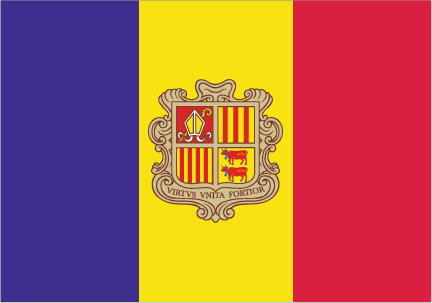 Andorra
Andorra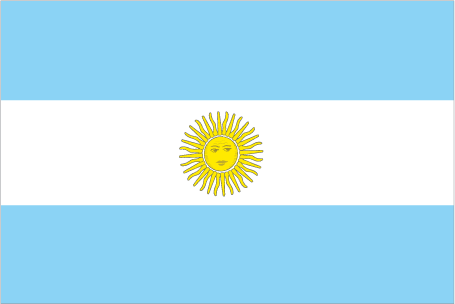 Argentina
Argentina Armenia
Armenia Australia
Australia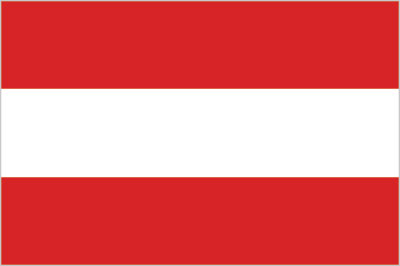 Austria
Austria Azerbaijan
Azerbaijan Bahrain
Bahrain Belgium
Belgium Bolivia
Bolivia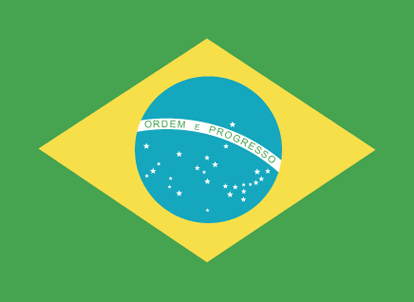 Brazil
Brazil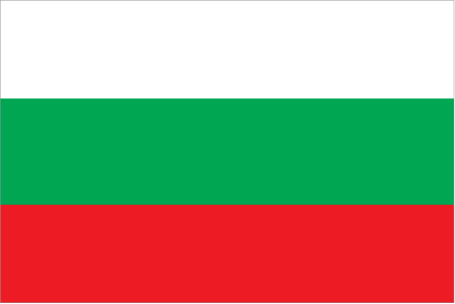 Bulgaria
Bulgaria Cambodia
Cambodia Cameroon
Cameroon Canada
Canada Chad
Chad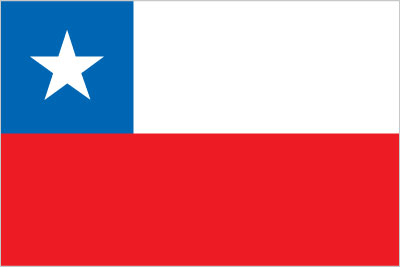 Chile
Chile China
China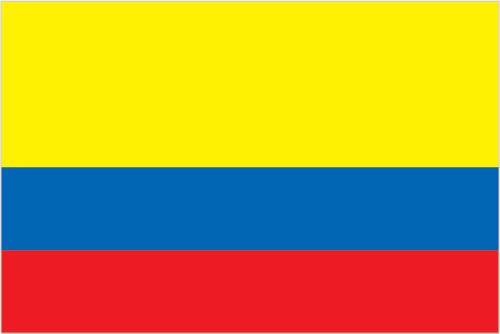 Colombia
Colombia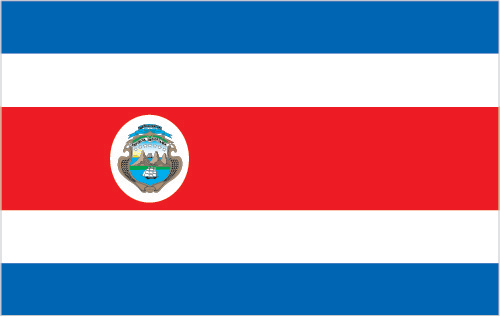 Costa Rica
Costa Rica Croatia
Croatia Cyprus
Cyprus Czechia
Czechia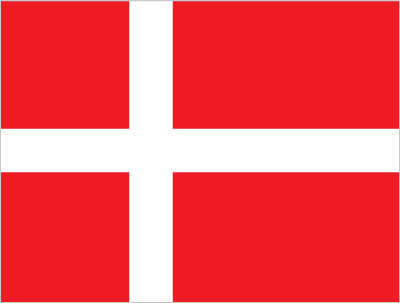 Denmark
Denmark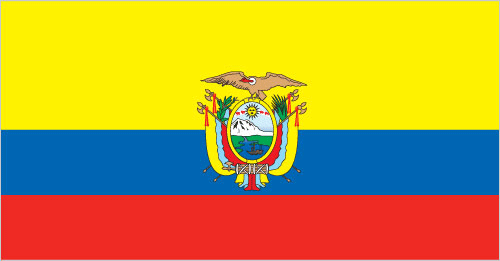 Ecuador
Ecuador Egypt
Egypt Finland
Finland France
France Georgia
Georgia Germany
Germany Ghana
Ghana Greece
Greece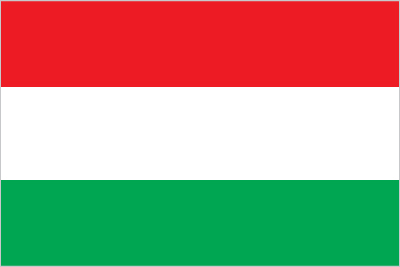 Hungary
Hungary Iceland
Iceland India
India Indonesia
Indonesia Ireland
Ireland Italy
Italy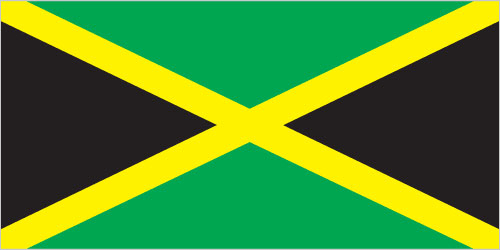 Jamaica
Jamaica Japan
Japan Jordan
Jordan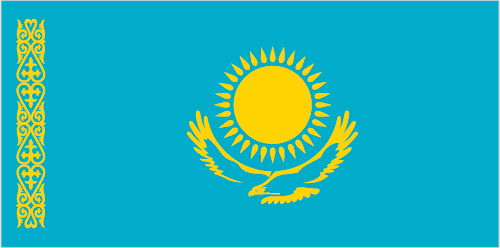 Kazakhstan
Kazakhstan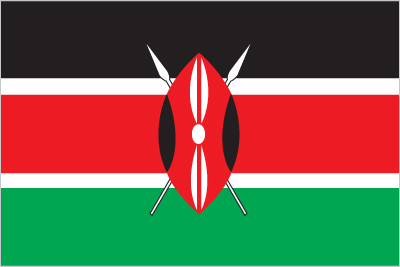 Kenya
Kenya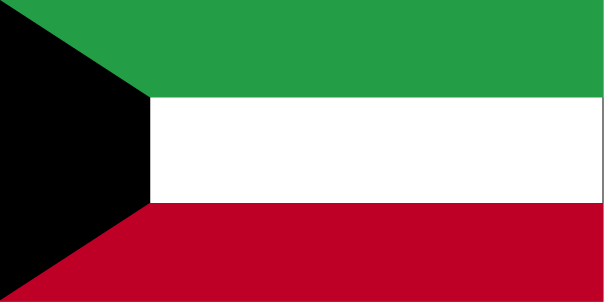 Kuwait
Kuwait Latvia
Latvia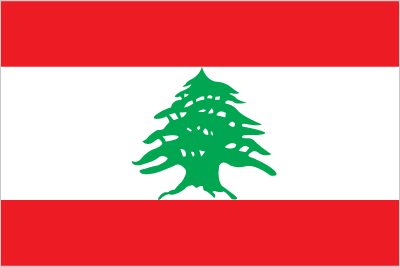 Lebanon
Lebanon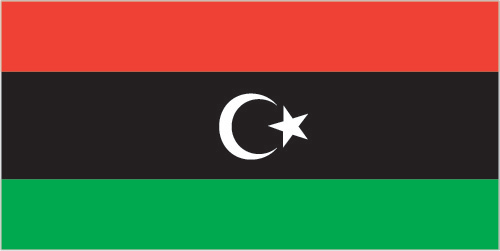 Libya
Libya Lithuania
Lithuania Luxembourg
Luxembourg Malaysia
Malaysia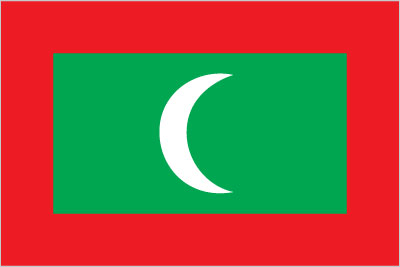 Maldives
Maldives Mali
Mali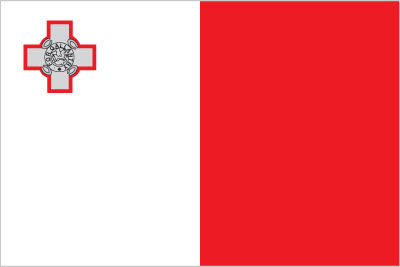 Malta
Malta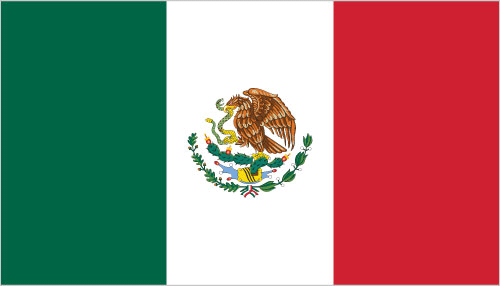 Mexico
Mexico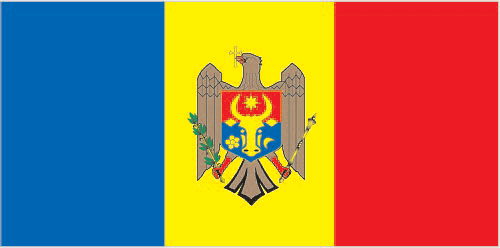 Moldova
Moldova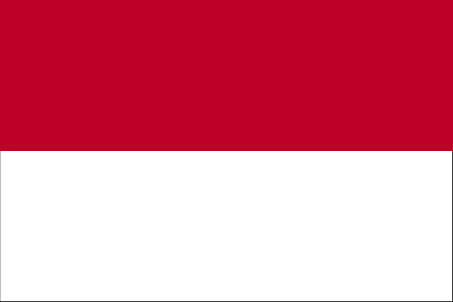 Monaco
Monaco Morocco
Morocco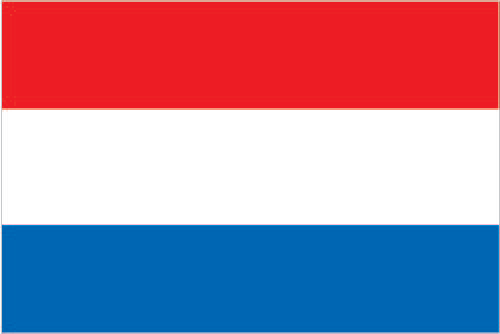 Netherlands
Netherlands New Zealand
New Zealand Nigeria
Nigeria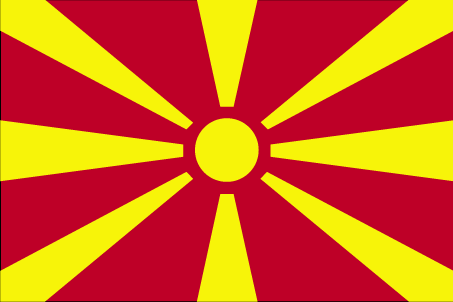 North Macedonia
North Macedonia Norway
Norway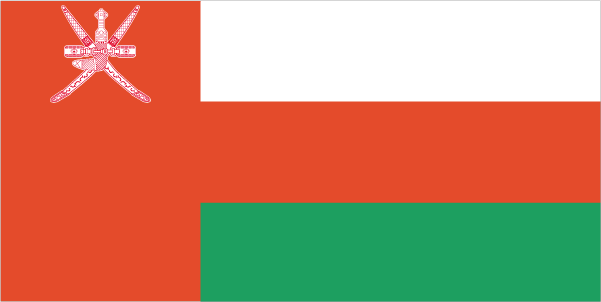 Oman
Oman